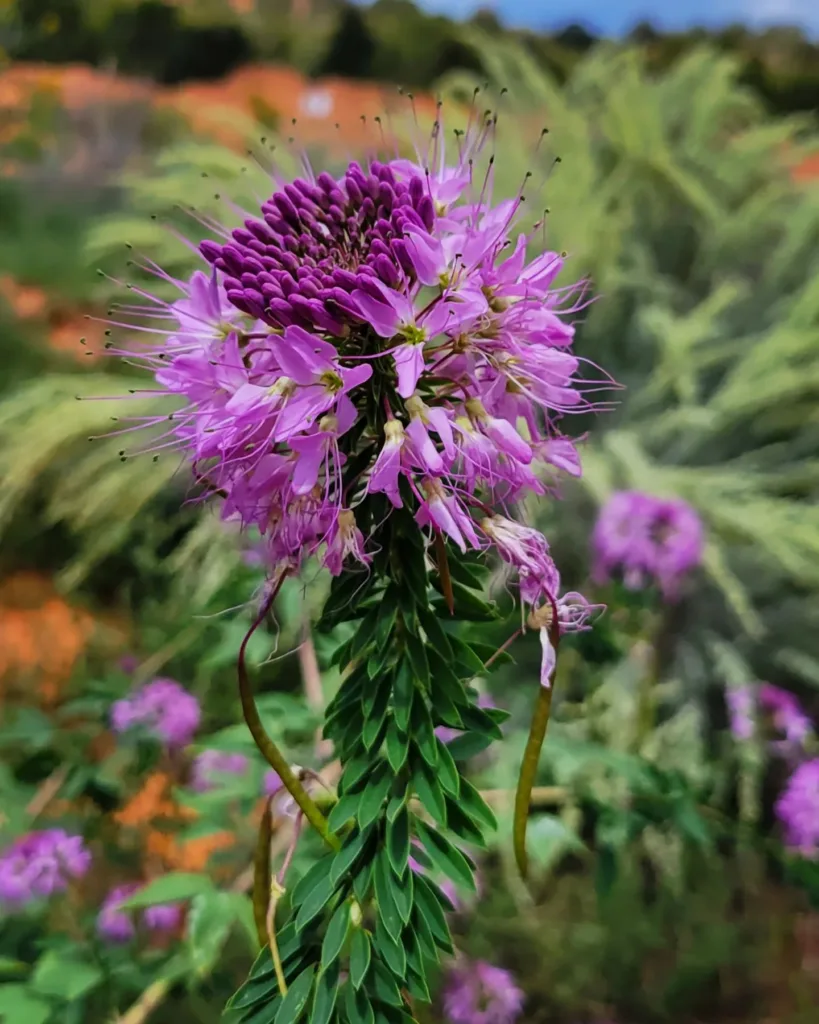
Cordyline red sensation vs red star
When I grew Cordyline Red Sensation and Red Star side by side, I found the Red Sensation to have a more vibrant and intense red hue, which really stood out in my garden. The Red Star, on the other hand, had a slightly more muted, deep burgundy shade that was elegant but less striking. Both varieties were easy to care for, but I noticed that Red Sensation seemed to handle the intense summer sun better than Red Star. Red Star’s foliage had a tendency to get a bit more sunburned in extreme heat, while Red Sensation maintained its color and health throughout the season.
25 Species in Genus Cordyline
Is Red Sensation Cordyline a perennial?
Red Sensation Cordyline is indeed a perennial. I remember when I first planted mine in the garden, I was thrilled with the vibrant color it brought to my outdoor space year after year. It doesn’t die back in winter like some plants, which means I can enjoy its striking burgundy leaves all year round. Seeing it thrive and grow continuously over the seasons has made it one of my favorite perennials.
How to propagate Cordyline Red Sensation?
Propagating Cordyline Red Sensation has been a rewarding experience for me. I usually take stem cuttings in spring or summer when the plant is actively growing. I cut a healthy stem, remove the lower leaves, and plant it in a well-draining potting mix. Keeping the soil moist and placing the pot in a warm, bright location without direct sunlight helps the cuttings root. Watching new roots and shoots emerge from the cuttings always feels like a small victory in my gardening journey.
How to care for Cordyline Red Sensation?
Here’s a guide on how to care for it and keep it thriving:
Light:
- Bright Light: Cordyline Red Sensation prefers bright, indirect sunlight. This will help maintain the vibrant red color of its leaves.
- Avoidance: Avoid harsh afternoon sun, especially in hot climates, as it can scorch the leaves.
- Lower Light Tolerance: While it prefers bright light, it can tolerate some light shade. However, the leaves may lose some of their red coloration in lower light conditions.
Watering:
- Moderate Watering: Water your Cordyline Red Sensation when the top inch of soil feels dry to the touch.
- Avoid Extremes: Avoid overwatering, which can lead to root rot. On the other hand, underwatering can cause the leaves to wilt and lose their vibrancy.
- Consistent Moisture: Aim for consistent moisture in the soil, but not soggy.
Soil:
- Well-Draining Mix: Use a well-draining potting mix. A common recommendation is a general purpose potting mix with added perlite or orchid bark for extra drainage.
- Drainage is Key: Proper drainage is crucial to prevent root rot.
Humidity:
- Average Humidity: Cordyline Red Sensation does well in average household humidity levels.
- Optional Increase: You can increase humidity around the plant using a pebble tray with water or a humidifier, especially during dry winter months.
Temperature:
- Warm Temperatures: These plants thrive in warm temperatures between 60-80°F (15-27°C).
- Frost Protection: Protect them from frost and avoid cold drafts.
Fertilizing:
- Moderate Feeder: Cordyline Red Sensation is not a heavy feeder. You can fertilize it monthly during spring and summer with a diluted, balanced fertilizer.
- Winter Dormancy: Avoid fertilizing during fall and winter when the plant goes into dormancy.
Repotting:
- Rootbound Check: Repot your Cordyline Red Sensation every 1-2 years or when the roots outgrow the pot. The roots should not be circling the pot excessively.
- Slightly Larger Pot: Choose a pot that’s only slightly larger than the current one.
Pruning:
- Optional Pruning: Pruning is not essential, but you can trim back leggy stems or remove brown leaves to maintain a desired shape and appearance. Use sharp shears and prune during spring or summer.
Additional Tips:
- Wipe down the leaves occasionally with a damp cloth to remove dust and improve their appearance.
- Watch for common houseplant pests like mealybugs or scale insects. You can treat them with insecticidal soap or neem oil if spotted.
How to prune a Cordyline Red Sensation?
Pruning my Cordyline Red Sensation is something I do to maintain its shape and encourage healthy growth. When I see any dead or damaged leaves, I remove them promptly. Sometimes, I also trim the top to encourage the plant to grow bushier rather than taller. It’s a straightforward process, and using clean, sharp scissors or pruning shears makes it easier and healthier for the plant.
Is the Red Sensation Cordyline an outdoor plant?
Red Sensation Cordyline is definitely an outdoor plant in my experience. It’s quite versatile and adds a tropical feel to my garden, patio, or even as a striking focal point in a larger outdoor planter. It handles different weather conditions well, though I do take some precautions to protect it from frost by covering it or bringing potted plants inside during particularly cold spells. Overall, it’s a fantastic addition to my outdoor plant collection.
If i die, water my plants!



